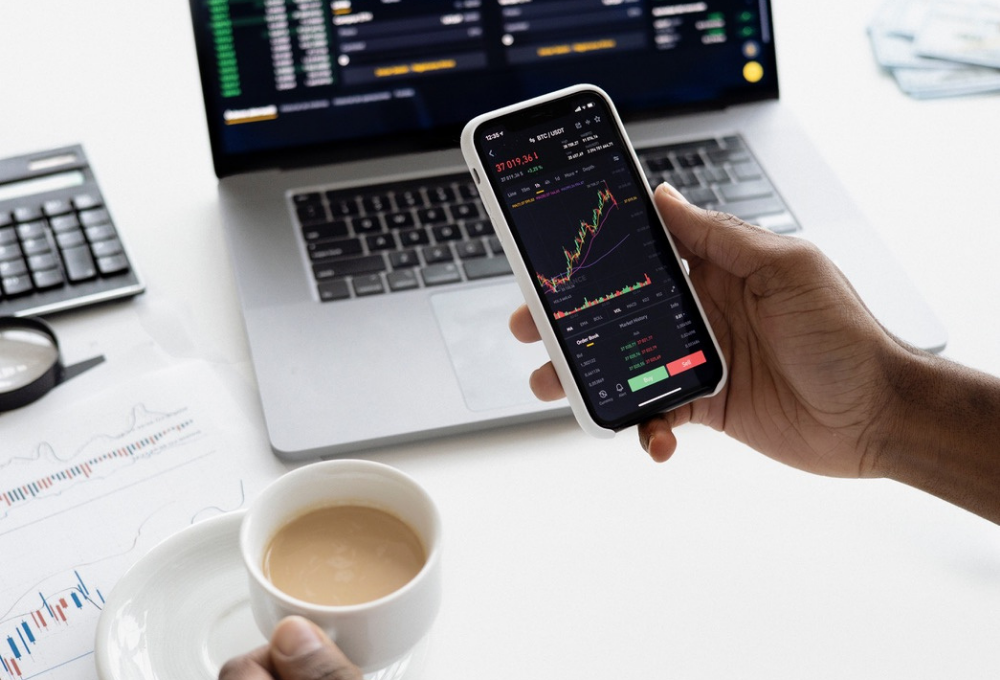As you might have seen, the markets have been volatile recently. Initially, the ups and downs were driven by an emerging variant of the coronavirus, but markets dropped lower after Chairman Powell indicated that the Fed may speed up the tapering of their asset purchases earlier this week. ‘Tapering’ makes the news relatively often, but as with most tools in the Fed’s tool chest, it can be confusing.
So, here’s a quick primer on tapering and why the markets might react so poorly to it.
The Fed’s tool of ‘Quantitative Easing.’ When a struggling economy needs support, one of the Federal Reserve’s primary tools is to perform quantitative easing (also known as QE). QE is a policy in which a central bank purchases bonds from the open market to increase the flow of money in the economy, and hopefully, encourage spending. In theory, increased spending should prop up the economy until underlying issues start to work themselves out. It’s these asset purchases Chairman Powell recently indicated would slow down.
The Strategy of ‘Tapering.’ Tapering simply means that the central bank in question will decrease the amount and the frequency with which they’re buying bonds. So, why would the Fed start tapering now? The economy is rather healthy – despite dealing with sustained effects from COVID-19. However, we’re also seeing higher inflation and sustained supply chain issues that are keeping inflation higher for longer than anticipated. An accommodating monetary policy like QE tends to push inflation a bit higher – at least in theory. When money is easier to come by, people tend to buy more stuff with it. If inflation is high and the economy is healthy, central banks must pull back on one of the levers that could be leading to higher inflation.
Market Reaction to Tapering. If the economy is doing well enough that the Fed can start tapering, why might the markets react poorly? Primarily, it’s because of a reliance on the Fed’s stimulus to generate returns in the markets. If the Fed is buying bonds, the price of bonds increase while interest rates remain low. Higher interest rates are good for long-term savers, but return seekers are often unwilling to ride the opposite wave as bond prices fall and interest rates rise. Equity markets are also driven by lower interest rates because when interest rates are low, investors pour more money into vehicles with greater return potential, like the stock market. As interest rates rise, another source of return is re-introduced, and investors might look to diversify their assets.
Quantitative easing, tapering, and the resulting market reaction are natural ebbs and flows of adapting to the economy’s needs. While it’s unsettling to see the sudden volatility in the market, it’s just an unfortunate side effect of the monetary policy partially responsible for an awesome economic recovery.
Blog by Financial Services Manager Andrew Gaskill
Sources:
https://www.cnbc.com/2021/11/29/stock-market-futures-open-to-close-news.html
https://www.bankrate.com/banking/federal-reserve/how-the-fed-could-taper-bond-buying/
https://www.investopedia.com/terms/q/quantitative-easing.asp
https://www.investopedia.com/terms/t/taper-tantrum.asp
Category: Financial Service Team, Market Matters




